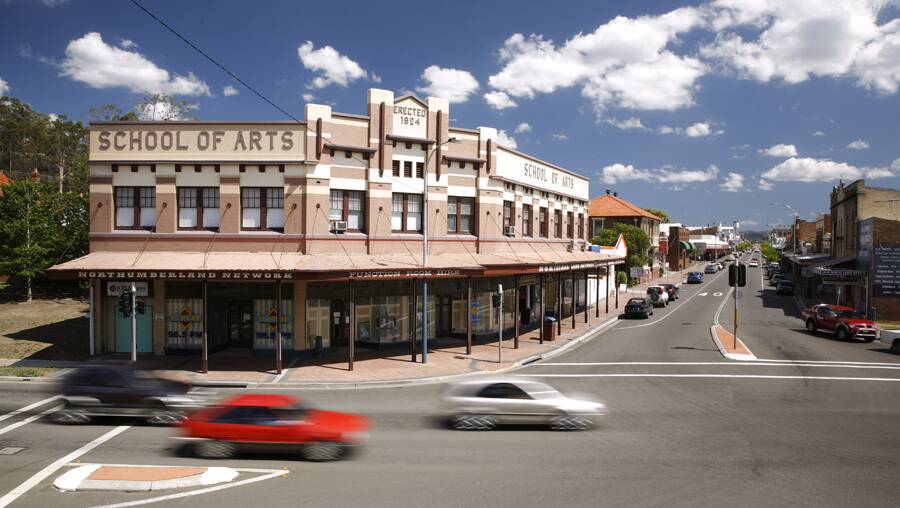
The NSW Government’s 20-year vision for the Hunter region includes plans to support the growth of Cessnock City’s population by 14,000 residents.
Subscribe now for unlimited access.
$0/
(min cost $0)
or signup to continue reading
The Hunter Regional Plan 2036, released on October 14 by NSW planning minister Rob Stokes, is a blueprint that will guide the planning priorities and land use decisions in the region over the next two decades.
It has been welcomed by Cessnock City Council for “setting out a clear plan for the city's key assets and planning opportunities for the next 20 years”.
The Cessnock local government area’s population is expected to grow from 56,000 to 70,000 residents by 2036.
The Hunter Regional Plan recognises the Cessnock LGA as “the focal point for the region’s wine industry and a significant tourism destination and entertainment node”.
Regional priorities will include supporting the visitor and agricultural economies by conducting a land use assessment across the Viticulture Critical Industry Cluster; investigating the region-shaping potential of the Hunter Expressway; continuing the delivery of the Branxton Subregional Plan; and delivering regional cycleway links along the Richmond Vale Rail Trail.
The plan identifies Kurri Kurri and Cessnock as 'strategic centres' and ensures planning priority and infrastructure.
Leveraging Kurri Kurri’s proximity to the Hunter Expressway and existing significant industrial land is among the plan’s priorities, along with investigating urban renewal and housing opportunities, and implementing a masterplan for the town’s CBD.
A CBD masterplan for Cessnock is also included in the plan, as is additional housing.
The plan cites urban release areas at Bellbird North, Nulkaba, Huntlee, Greta (Anvil Creek), West Street Greta, Golden Bear, Vintage Balance, Mount View Road, Rose Hill, Cliftleigh and Avery’s Village as opportunities for housing.
Cessnock Mayor Bob Pynsent is pleased to see strategies developed by council incorporated into the plan and council's formal submission to the draft plan acknowledged.
"This is a promising outcome for our local government area and it is great to see Cessnock City Council’s planning initiatives recognised in the new regional plan," Cr Pynsent said.
The NSW Department of Planning and Environment has prioritised the review of the Hunter Special Infrastructure Contributions Plan ensuring effective planning and allocation of resources for infrastructure projects in key growth areas within the LGA.
Cessnock City Council will also work with adjoining councils to plan for and deliver the Richmond Vale Rail Trail cycleway project.
The plan predicts will also be strong employment growth in the Hunter region, with the present 322,000 total jobs increasing to 384,000.
Parliamentary Secretary for the Hunter Scot MacDonald said employment is expected to rise in advanced manufacturing; aerospace and defence; food and agribusiness; technology and services; health, including medical technologies and pharmaceuticals; and research and education sectors.
“The Hunter region is a popular place for people to call home with a diverse natural environment, and this plan is about providing new homes and jobs and protecting the area’s landscapes,” Mr MacDonald said.
Following community consultation over the past year a number of changes have been made to the draft plan, including a goal for greater housing choice and jobs and priority action to secure long term protection of regionally significant biodiversity corridors.
The Hunter Development Corporation will oversee the delivery of the plan, including the preparation of a Metropolitan Plan for Greater Newcastle.

